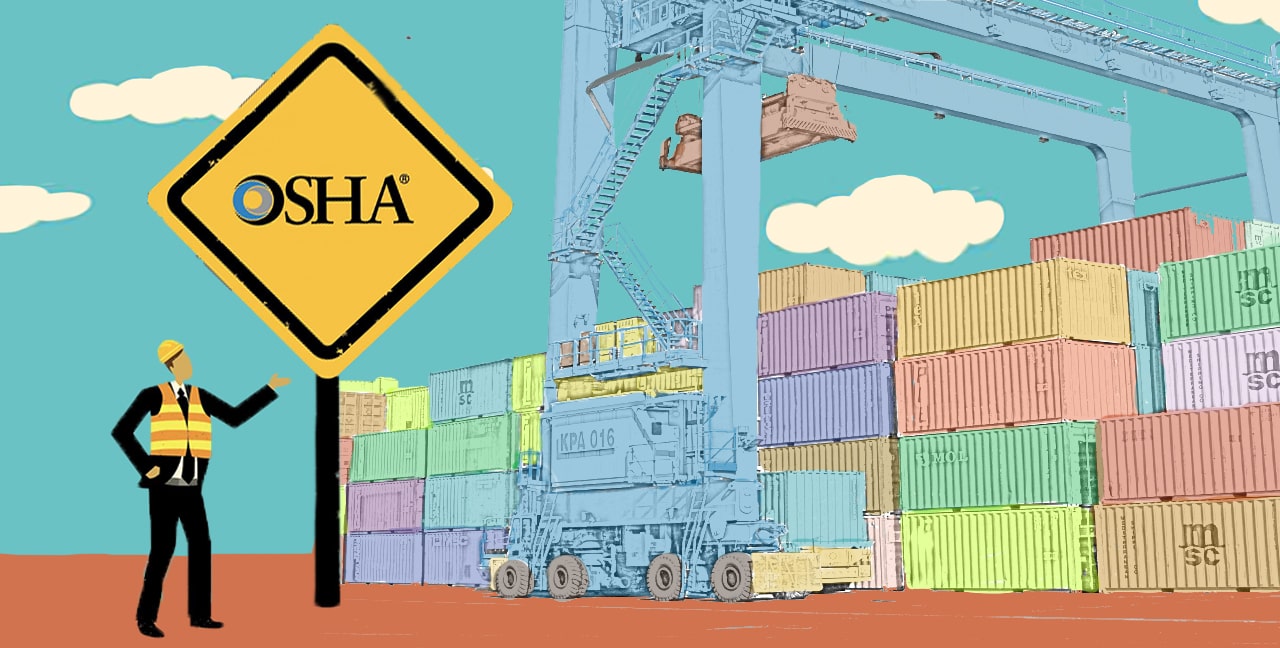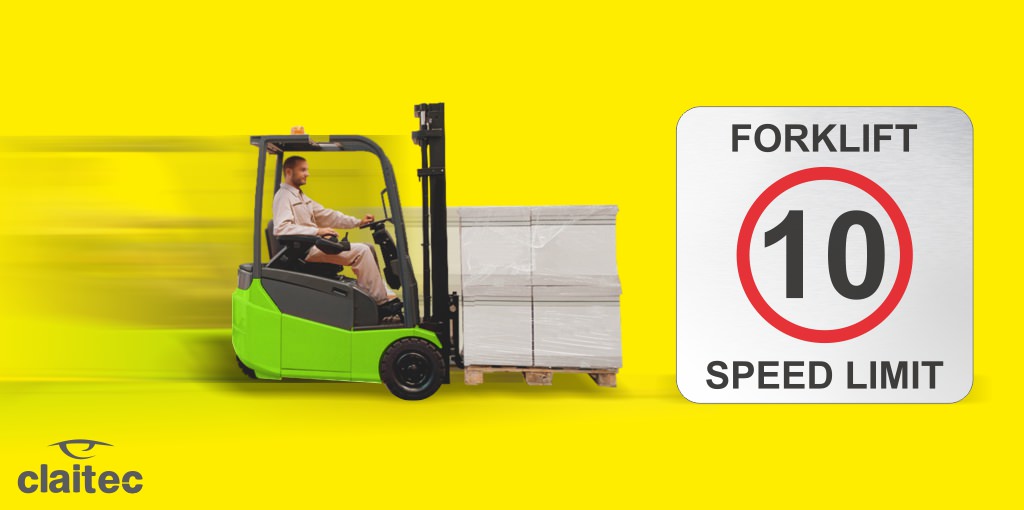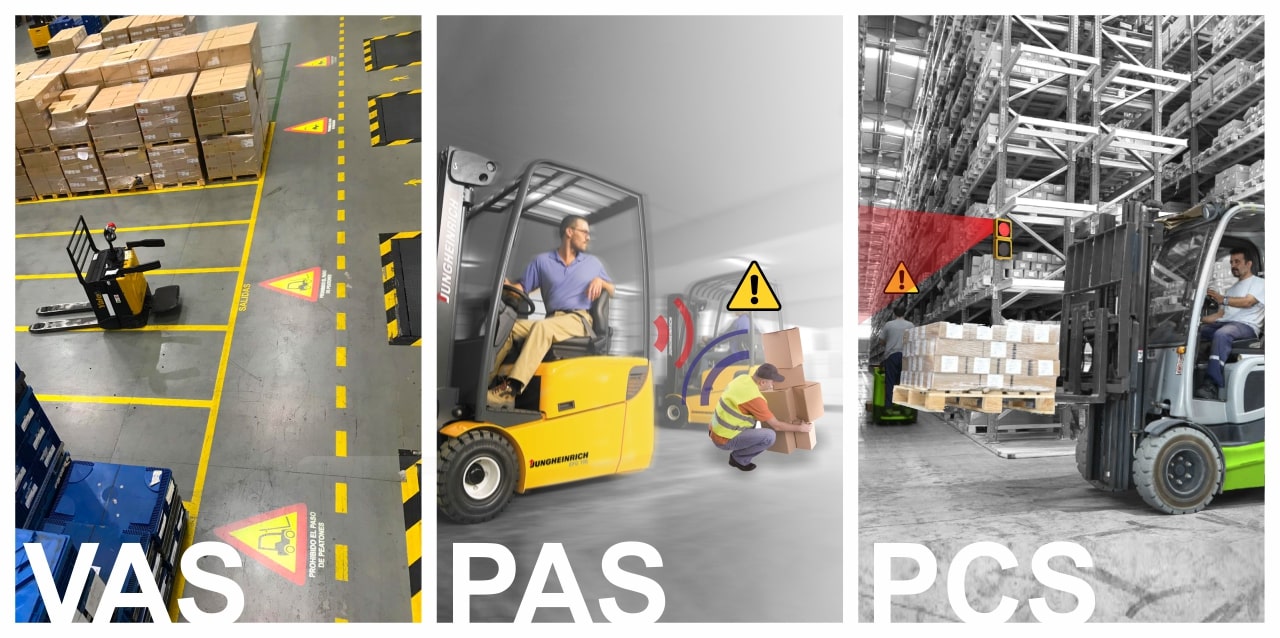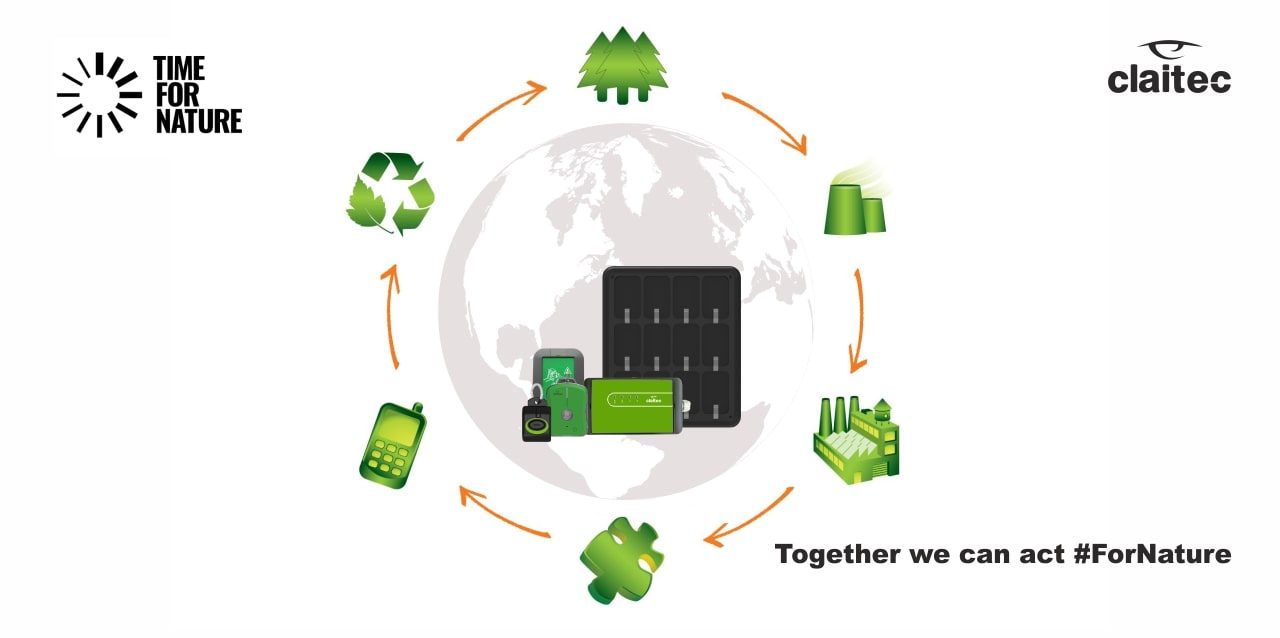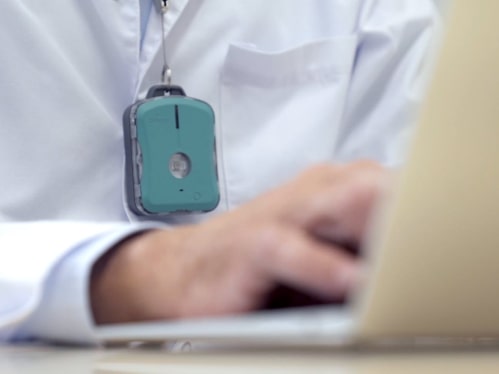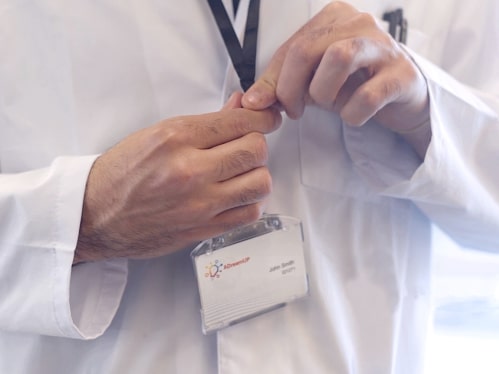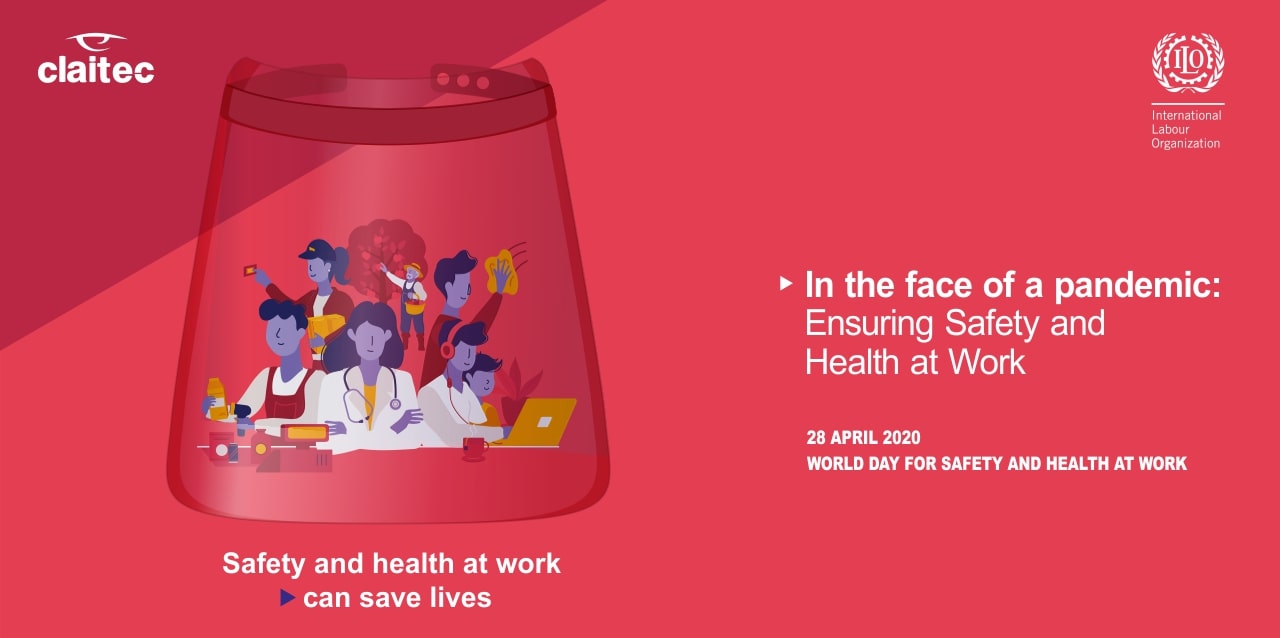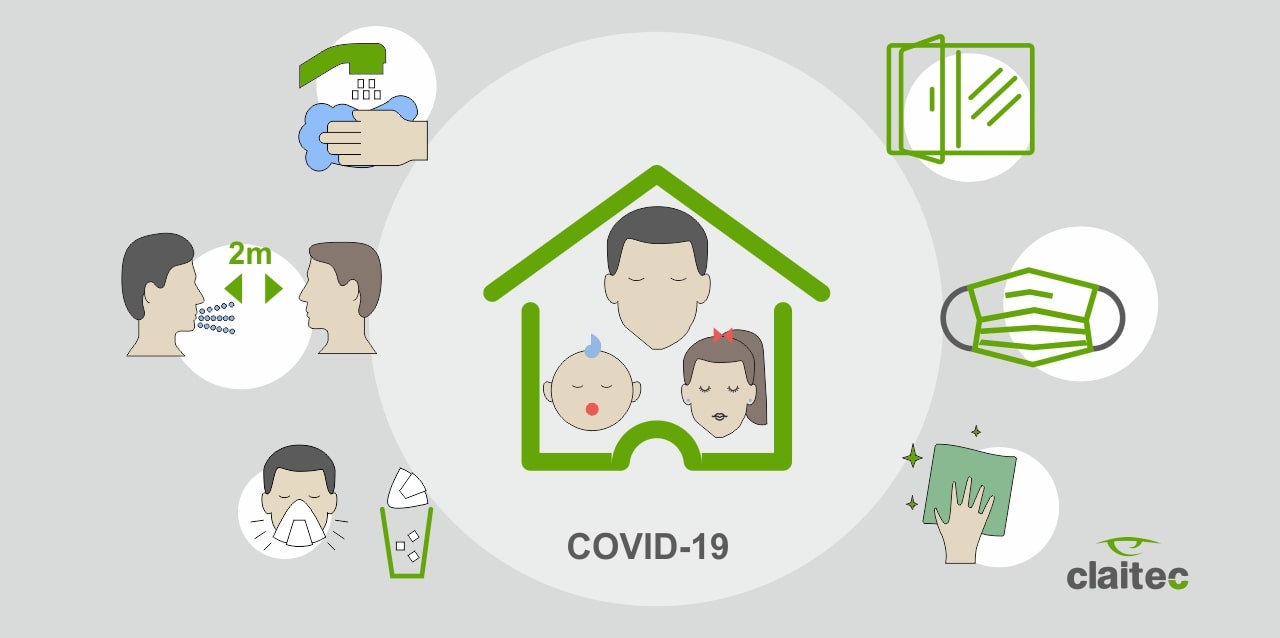
As explained in part one of this series, the following articles will be focused on trying to understand some of the recommendations issued by the Occupational Safety and Health Administration (OSHA) of the United States Department of Labor, a referent for those of us who work to improve safety in industries and to reduce workplace accidents.
The following are some valuable tips highlighted in the OSHA Pocket Guide for warehouse workers to keep in mind:
First, it is important to note that the Guide indicates that fatal accidents occur in greater proportion in warehouses than in other industrial spaces. As earlier explained, these facts are associated with the incorrect use of forklifts, problems in organising and storing stock, the misuse of personal safety elements, problems complying with previously established safety standards, and shortcomings in fire control systems and repetitive motion injuries, among several other factors.
The Guide also analyses a wide variety of potential risks that lurk around in warehouse spaces and it presents a list of the most frequent risks, including those associated with forklifts and miscommunications, such as not explaining procedures clearly, not keeping track of tools or substances being processed, and not providing up-to-date training.
In addition, some of the most frequent potential risks are also related to electrical wiring and to the design of the electrical system, problems with openings, blind spots and doors, and air pollution problems.
The OSHA Pocket Guide offers a detailed analysis of each of these risks and a number of recommendations to be implemented in order to solve them.
We can’t recommend you consult this document enough.
We are sure that you will find valuable elements to help you continue advancing in your quest towards occupational safety and the reduction of workplace accidents in your industry.
Do you have any questions about this topic?
Do you need Claitec’s advice on any other matter?
Please, don’t hesitate to contact us, we are here to help!
